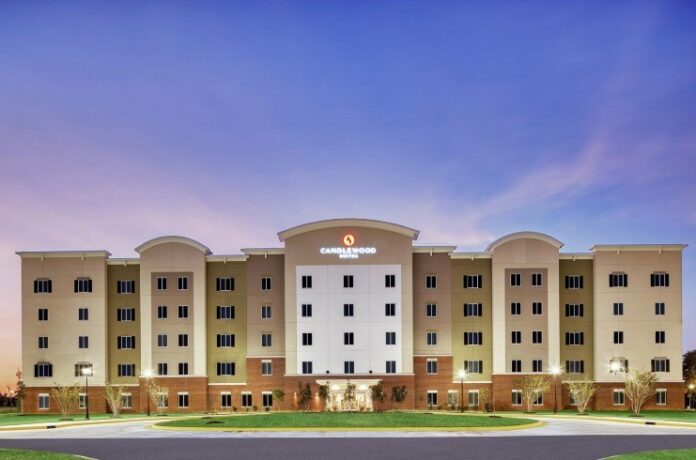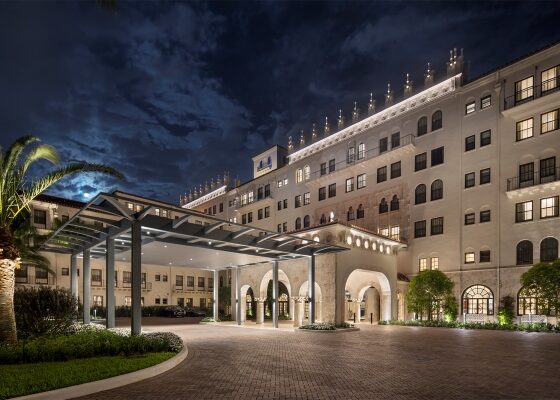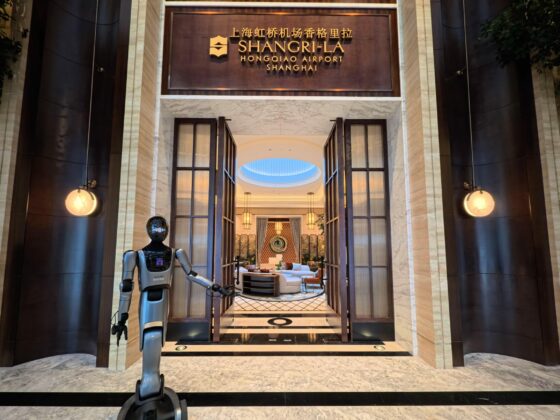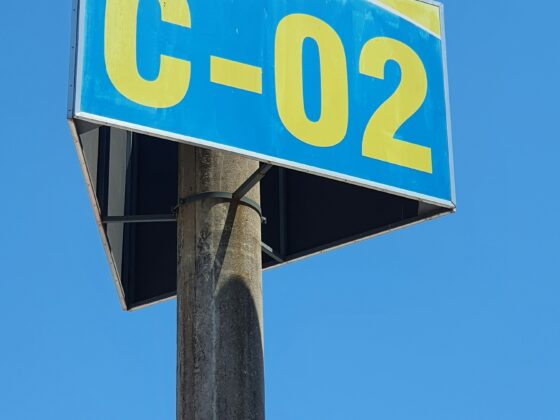
Shopkeepers, craftsmen, but especially independent hoteliers… Accepting payment by card has always been complicated. “Too expensive,” “not profitable enough.” We hear very regularly from hoteliers who tell us that they have no interest in setting up a credit card payment system because the overall cost is too high and would put them in financial difficulty if they were to use it. And we understand you! However, today, these are terms that you will no longer have the opportunity to use thanks to solutions that can be grafted onto your smartphone at a lower cost, such as mini mobile card readers or integrated applications.
Table of Contents
I. Why is it essential to offer card payment for a hotel operator?
“Bank card not accepted” is information that is becoming increasingly difficult for your customers to hear. Today, the bank card has become the preferred means of payment for 71% of French people. In other words, it is better to take this detail into consideration to avoid missing out on your clientele. Moreover, 58% of French people are ready to refuse a purchase if the professional does not have a terminal. So you can see that this device has become indispensable for any professional.
There is a simple explanation for this phenomenon. The Blue Card was imported into France in the 1965’s but took a long time to be adopted by the population. Indeed, 5 years after its creation, only 12,000 professionals were equipped with terminals to receive it. It was only with the arrival of ATMs that the French really began to equip themselves with them, and the introduction of interbanking (allowing you to pay and withdraw money anywhere), finally convinced them.
At a time when the main means of payment were cheques or cash, the bank card created a small revolution thanks to its ease of use. This is why today it is placed as the preferred means of payment for the French. With this simple and fast system, we take less and less trouble to carry cash with us. Although we still have chequebooks, their use has become rare, particularly because the various professionals who still use them tolerate them only a little due to a lack of payment security.
Moreover, this is why in 2015, 1.5 million self-employed people chose to use a bank terminal, which is supposed to offer greater security and better respond to new methods of consumption.
II. Novelty: mobile terminals compete with the traditional small and medium-sized banks
An electronic payment terminal is expensive, especially if you have a small structure. We know that, and it is usually this aspect that hinders you in its implementation. The purchase of a banking terminal costs between 400 and 700 euros excluding tax (not to mention the cost of maintenance, which can amount to between 120 and 200 euros excluding tax per year). But that’s not all. It is also necessary to take into account the commissions charged, which generally amount to between 0.8 and 2.75% per transaction as well as a fixed fee that can vary from 5 to 15 cents. And the story doesn’t end there. In addition, you can also purchase rolls of thermal paper (50 cents), or a telephone or ADSL subscription to transfer information from the terminal to your bank.
Of course, you don’t have to buy a terminal, you can also rent it. In this case, it is necessary to count between 15 and 20 euros HT per month for a duration of 24 to 36 months just for the rental.
In short, renting a bank terminal will cost you approximately, more than thirty euros per month. The problem is that when you have a small structure and you only have, for example, two or three rooms to rent in your establishment, it represents a considerable budget that is not easy to make a profit. And yet, it is now an essential system…
So are there more suitable solutions for small hotels in terms of price?
Yes, new systems have recently appeared: mobile electronic payment terminals. These are mini credit card readers that connect via Bluetooth to a tablet or smartphone. To use it, simply download an application from the App Store or Google Play to be able to collect payments. And everything is dematerialized! There is no need to buy rolls of thermal paper since the card ticket is sent directly to the customer by SMS. It’s good for the environment and your wallet.
III. Banking or non-banking mobile terminals? Which one to choose for his hotel?
There are two types of mobile Eftpos terminals. Those marketed by traditional banks and others by specialized companies.
� As far as banks are concerned, they have chosen to market mobile readers in order to meet the needs of itinerant professionals who therefore require a mobile system. However, its attractive price and ease of use can also be adapted to small independent structures.
The purchase cost level is low as they generally cost between 95 and 100 euros with a commission per transaction that can vary between 0.8 and 2%. So more affordable. Many banks offer these systems, such as BNP Paribas, LCL, CIC, etc.
� Specialized start-ups provide the second solution. They allow the purchase or rental of mobile terminals with online billing and accounting software.
The purchase of the reader can vary between 40 and 80 euros for a commission per transaction of between 1.70 and 2.75%. These companies are called Sum Up, Izettle, Smile&Pay, etc.
So these are two solutions provided by two different types of entities. They can be recognized as being more adapted to the needs of professionals with small structures such as independent hoteliers.
What if i want travellers to be able to pay online on my website?
In this case, there are other principles such as Stripe and many others that allow your customers to pay by credit card without you having a terminal. The functionalities are simple: the customer enters his bank details and automatically receives a payment confirmation email. Of course the same goes for you. You then receive the money directly to your bank account via a transfer. These solutions work on a commission basis. Typically, these are 1.4% commission on the transaction amount, plus 25 cents.
This is the system Amenitiz has chosen to use for its reservation software integrated into your website because it is an ultra secure solution (PCI compliant) for you and your customers.
Today 88% of travellers would like to be able to pay online (and no longer only by card), it would be a shame to do without it!








